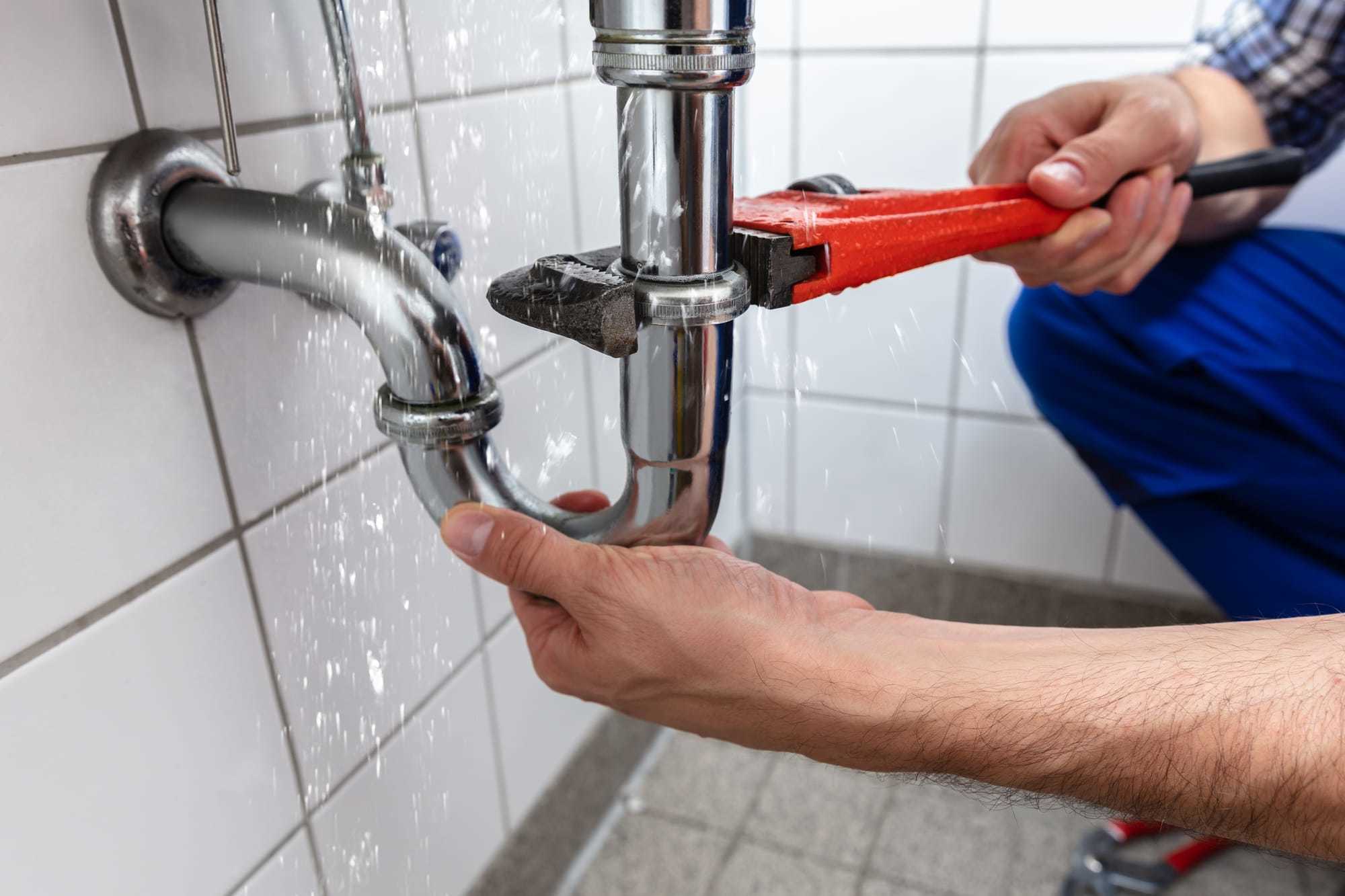

Articles
How To Fix Leaking Sink
Modified: December 7, 2023
Learn effective methods and expert tips to fix a leaking sink with our comprehensive articles. Discover step-by-step guides and DIY solutions to tackle this common household problem.
(Many of the links in this article redirect to a specific reviewed product. Your purchase of these products through affiliate links helps to generate commission for Storables.com, at no extra cost. Learn more)
Introduction
A leaking sink can be a frustrating and wasteful problem to deal with. Not only does it create a mess in your bathroom or kitchen, but it can also lead to water damage if left unaddressed. Thankfully, fixing a leaking sink is a relatively simple task that can be accomplished with a few basic tools and a little bit of know-how.
In this article, we will explore the common causes of a leaking sink, discuss the tools and materials you will need for the job, and provide you with a step-by-step guide to fix the issue. Whether you are a DIY enthusiast or a novice handyman, you will find this article helpful in resolving the annoying problem of a leaking sink.
So, let’s roll up our sleeves and get to work on fixing that leaky sink!
Key Takeaways:
- Don’t let a leaking sink dampen your day. With the right tools and know-how, you can easily tackle worn-out seals, loose connections, and other common causes of leaks to restore your sink to its leak-free glory.
- Regular maintenance and proactive inspections can prevent future sink leaks. Keep an eye out for wear and tear, and address minor issues promptly to save yourself from the inconvenience and potential damage caused by a leaking sink.
Read more: How To Fix A Bathroom Sink Leak
Causes of a Leaking Sink
A leaking sink can have various causes, and identifying the source of the leak is crucial in determining the most effective solution. Here are some common culprits behind a leaking sink:
- Worn-out or damaged seals: The seals, also known as gaskets or washers, play a vital role in preventing water from leaking. Over time, these seals can deteriorate, resulting in leaks around the base of the faucet or handles.
- Corroded pipes or fittings: If your sink is old or has seen years of use, the pipes and fittings may become corroded. Corrosion can cause tiny holes or cracks, leading to water leakage.
- Loose connections: Sometimes, the connections between the various components of your sink, such as the pipes, connectors, or drain, may have become loose over time. This can cause water to seep out from these joints.
- Cracked or damaged sink basin: If your sink basin has developed cracks or chips, it can lead to water leakage. These cracks often occur due to accidents, heavy impact, or wear and tear.
- Excessive water pressure: High water pressure can exert excessive force on the sink fixtures, causing leaks to occur. If you notice leaks only when the water is running at a certain pressure, this may be the cause.
It’s worth noting that these are just a few common causes, and the actual reason behind your leaking sink may depend on the specific circumstances. Examining the sink components and observing the location and behavior of the leak can help you pinpoint the exact cause and take appropriate measures to fix it.
Tools and Materials Needed
Before you begin fixing a leaking sink, it’s important to gather the necessary tools and materials. Having everything prepared in advance will save you time and ensure a smooth repair process. Here’s a list of the tools and materials you’ll need:
Tools:
- Adjustable wrench
- Screwdriver (both flathead and Phillips)
- Pliers
- Plumber’s tape
- Plumber’s putty or silicone caulk
- Plunger
- Bucket or towels (to catch any water)
Materials:
- New seals (gaskets or washers)
- Pipe joint compound or thread seal tape
- Sink repair kit (if applicable)
- Sink cleaner or mild detergent
These tools and materials are commonly used for most types of leaking sink repairs. However, depending on the specific issue you are dealing with, you may require additional equipment or supplies. Therefore, it’s always a good idea to assess the situation beforehand to ensure you have everything you need.
If you’re unsure about which tools or materials to use for your particular sink repair, consult a professional plumber or refer to the manufacturer’s documentation for specific recommendations.
Read more: How To Fix A Leaking Sink Faucet
Step-by-step guide to fixing a leaking sink
Now that you have your tools and materials ready, it’s time to dive into fixing that leaking sink. Follow these step-by-step instructions to address the most common causes of sink leaks:
- Turn off the water supply: Locate the shut-off valves under the sink and turn them clockwise to shut off the water supply. If you can’t find the valves or they are stuck, you may need to shut off the main water supply to your home.
- Identify the source of the leak: Thoroughly inspect the sink for any visible signs of leakage. Look for dripping water, pooling water, or damp areas around faucet handles, connections, or the base of the sink.
- Tighten loose connections: Using a wrench or pliers, tighten any loose connections you find, such as the pipe fittings or faucet handles. Be cautious not to over-tighten, as it can damage the components.
- Replace worn-out seals: If you notice water leaking around the faucet or handles, turn off the water supply completely. Remove the handles or trim caps and replace the old seals or washers with new ones. Apply plumber’s tape or pipe joint compound to create a watertight seal.
- Fix corroded pipes or fittings: If you identify corroded pipes or fittings as the source of the leak, they may need to be replaced. Use a wrench to loosen and remove the corroded components, and install new ones using plumber’s tape or thread sealant.
- Repair cracks or damage: If the sink basin itself is cracked or damaged, you may need to consider replacing it. However, for small cracks or chips, you can apply plumber’s putty or silicone caulk as a temporary measure to seal the damaged area and prevent further leakage.
- Test for leaks: Once you have completed the necessary repairs, turn on the water supply and check for any new leaks. Run the water for a few minutes and examine all the connections and the sink area for any signs of leakage.
- Clean up and restore: If there are no more leaks, wipe down the sink and surrounding areas to remove any residual water or debris. Restore any items you had to remove, such as handles or trim caps. Enjoy your leak-free sink!
Remember, these steps are general guidelines, and the specific repair process may vary depending on your sink’s design and the nature of the leak. If you encounter any difficulties or the problem persists, it’s best to consult a professional plumber for assistance.
Check the sink’s drain and water supply connections for any loose or damaged parts. Tighten or replace any fittings as needed to stop the leak.
Conclusion
Fixing a leaking sink doesn’t have to be a daunting task. By following the step-by-step guide and using the right tools and materials, you can successfully address common causes of sink leaks. Whether it’s worn-out seals, loose connections, or corroded pipes, you now have the knowledge to tackle these issues and restore your sink to its leak-free glory.
Remember, when it comes to dealing with plumbing repairs, it’s important to take your time and be patient. Rushing through the process can lead to more problems down the line. If you’re unsure about any step or encounter unexpected challenges, don’t hesitate to reach out to a professional plumber for assistance. They have the expertise and experience to handle complex plumbing issues.
Lastly, regular maintenance and inspections can help prevent future sink leaks. Keep an eye out for any signs of wear and tear, and address minor issues promptly. This proactive approach can save you from the inconvenience and potential damage caused by a leaking sink.
With the information and guidance provided in this article, you are now equipped to fix that leaking sink. So roll up your sleeves, gather your tools, and get ready to tackle the problem head-on. Soon enough, you’ll be enjoying a fully functional and leak-free sink in your home!
Frequently Asked Questions about How To Fix Leaking Sink
Was this page helpful?
At Storables.com, we guarantee accurate and reliable information. Our content, validated by Expert Board Contributors, is crafted following stringent Editorial Policies. We're committed to providing you with well-researched, expert-backed insights for all your informational needs.
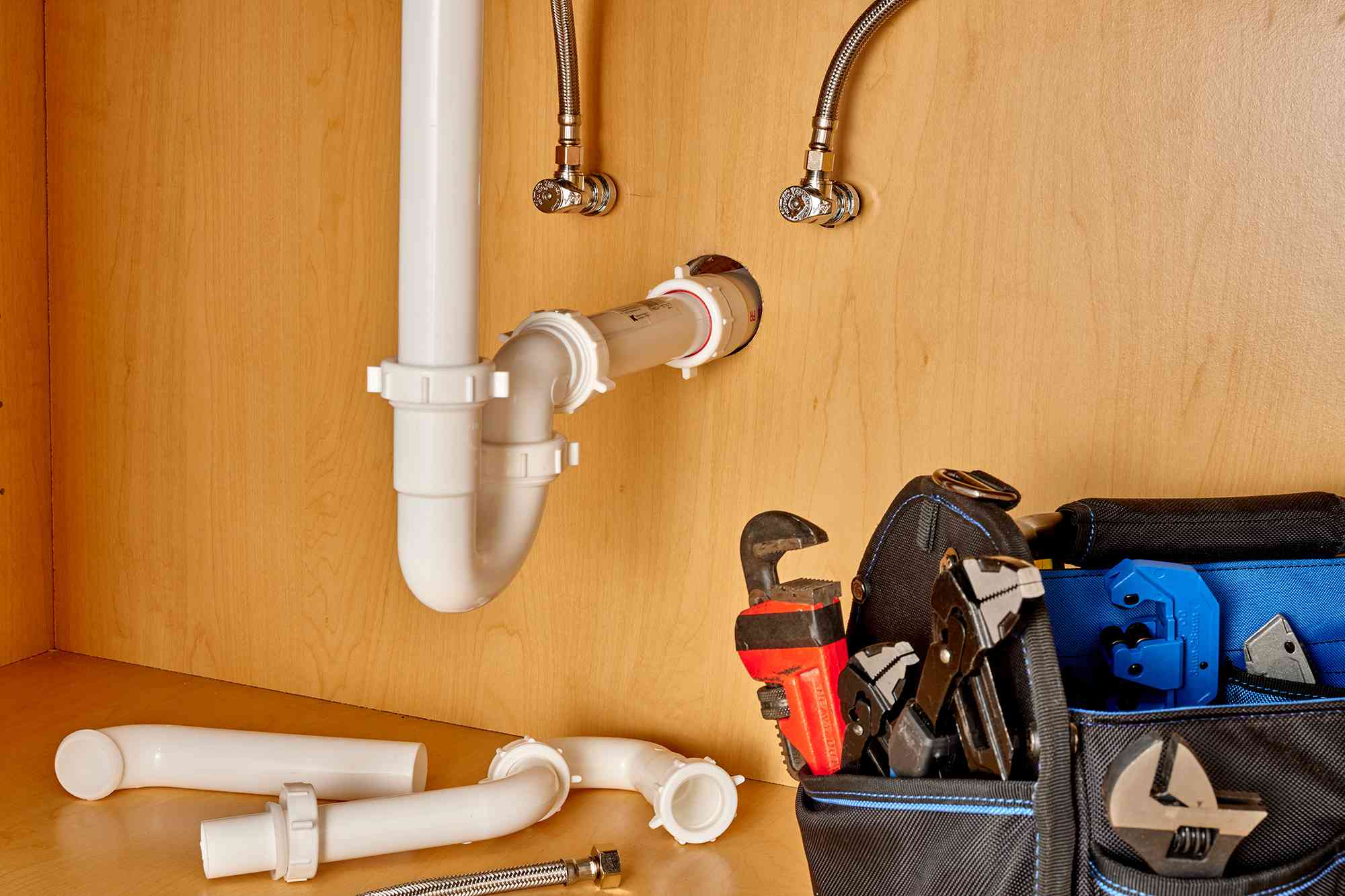
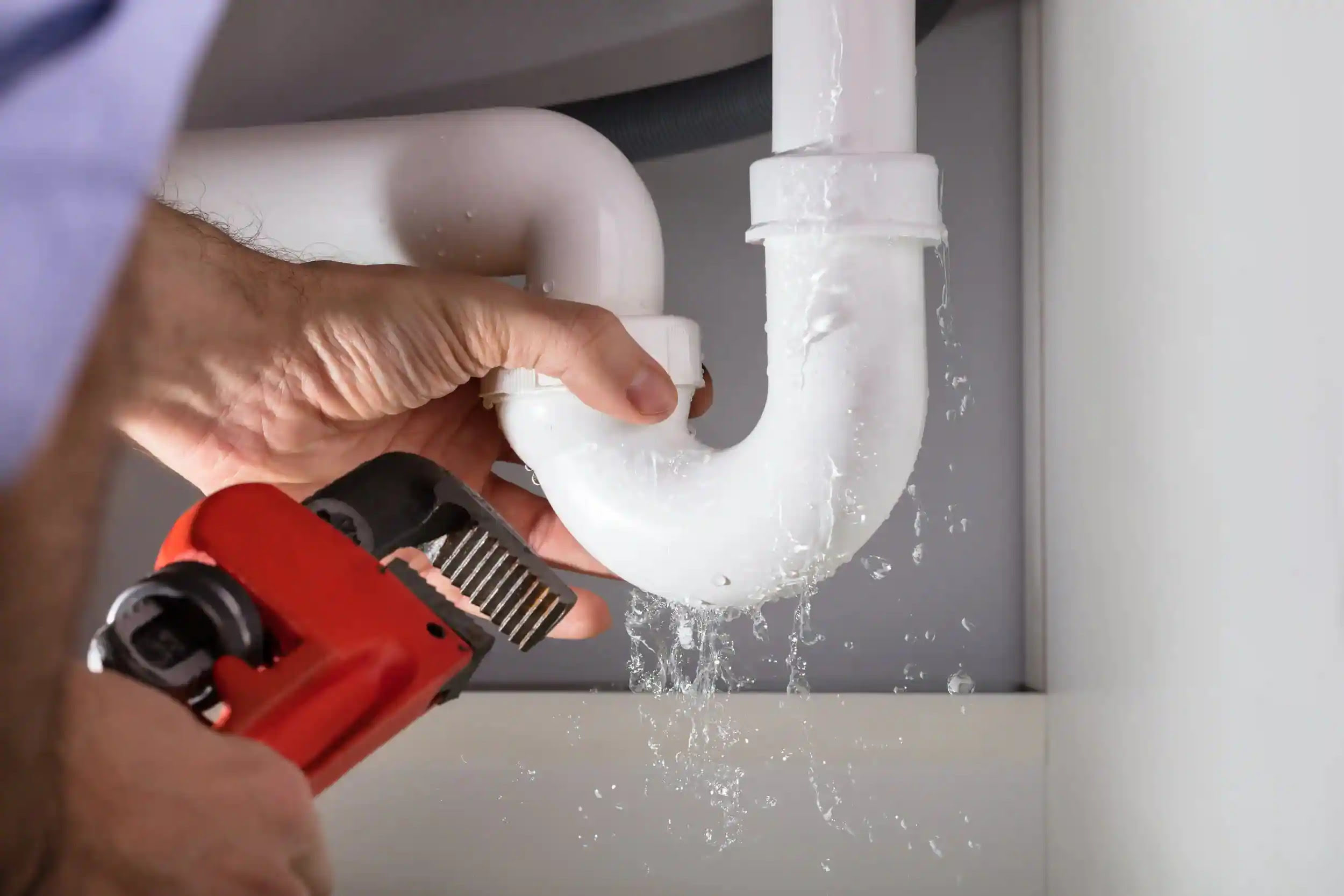
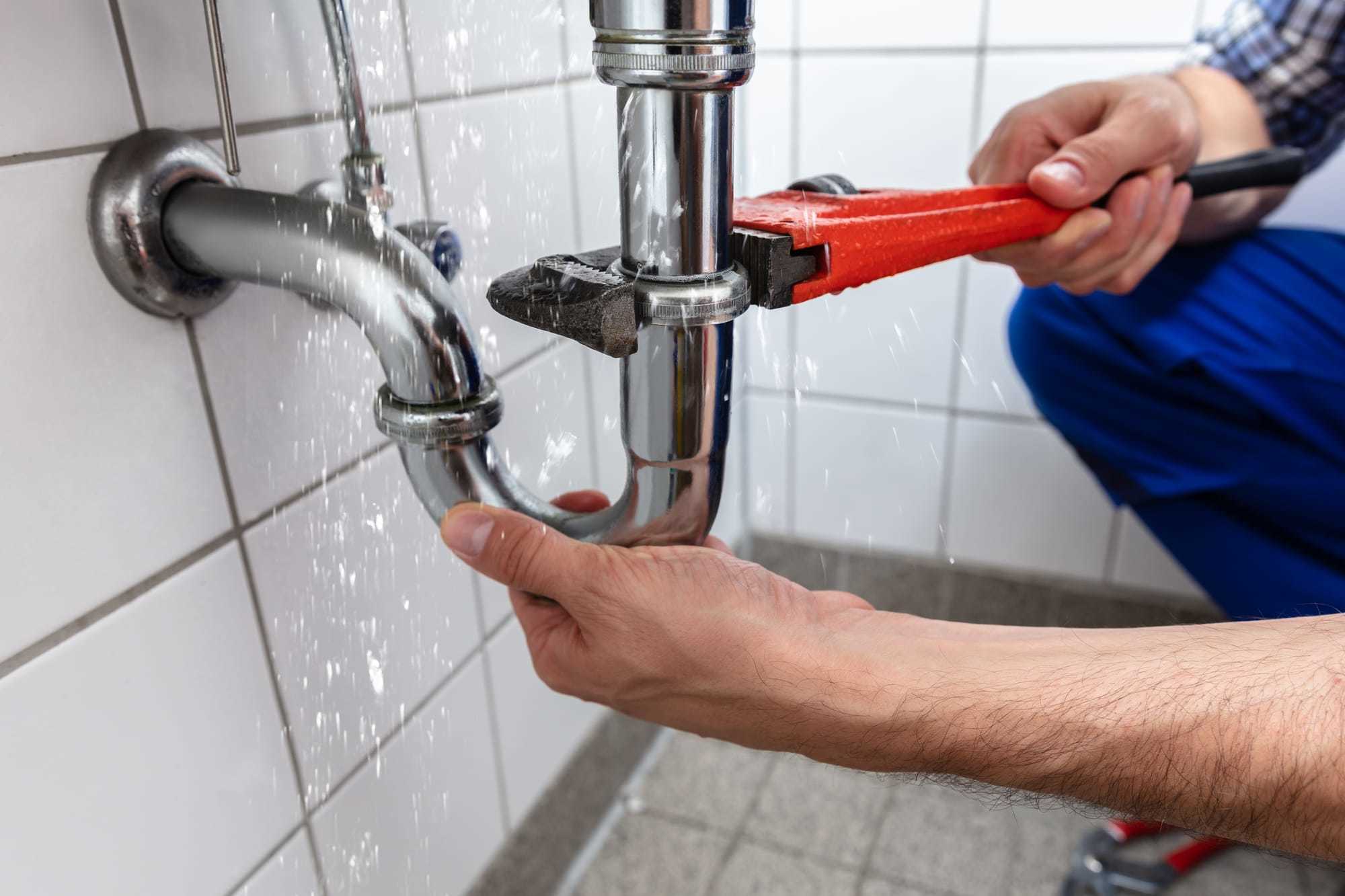
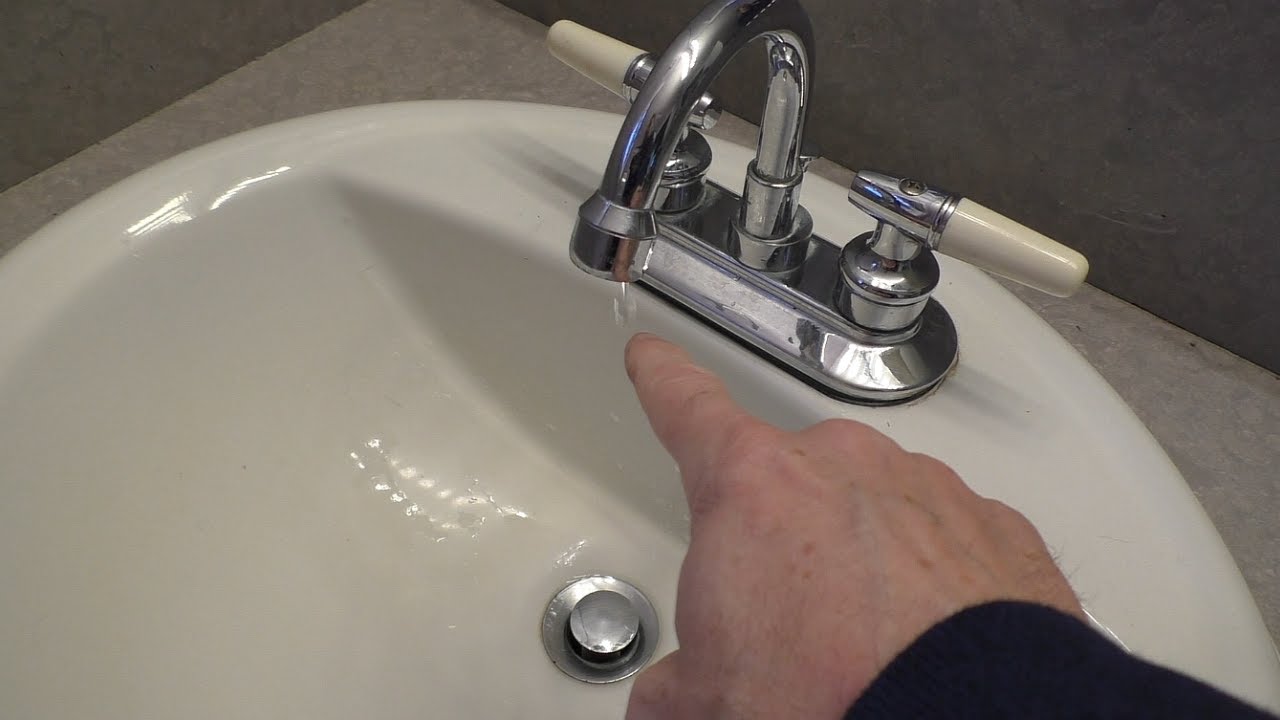
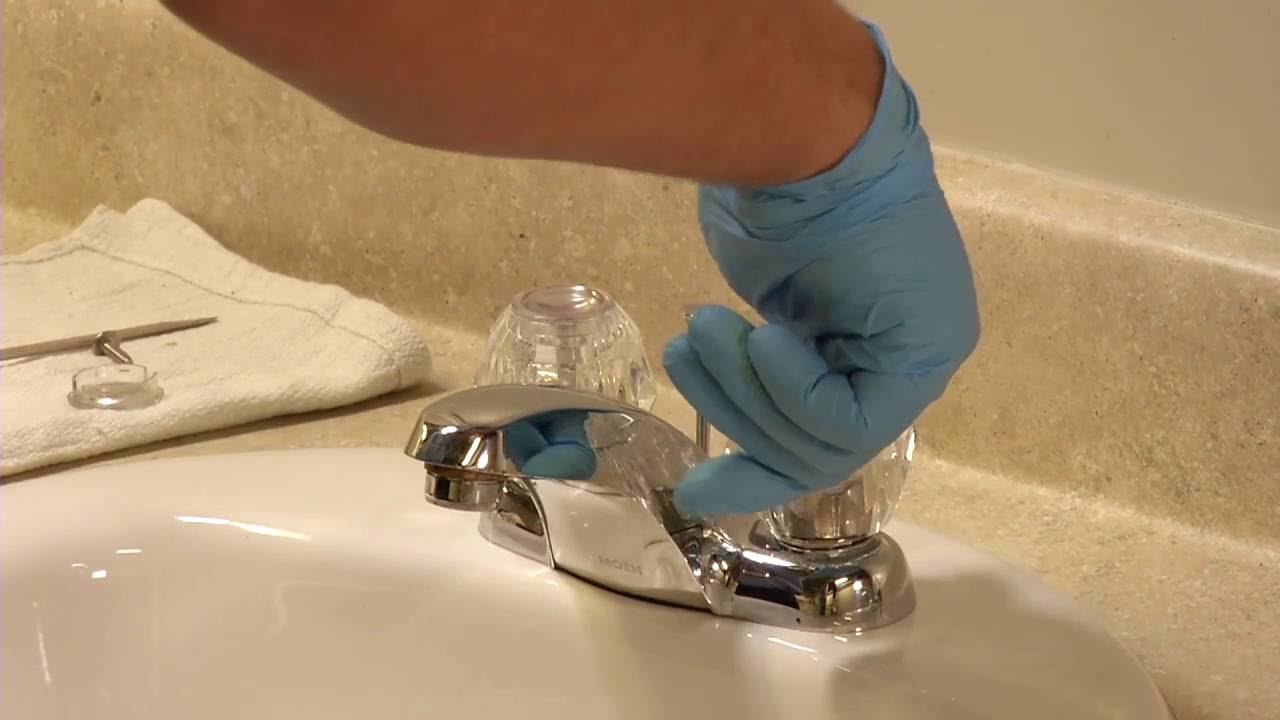
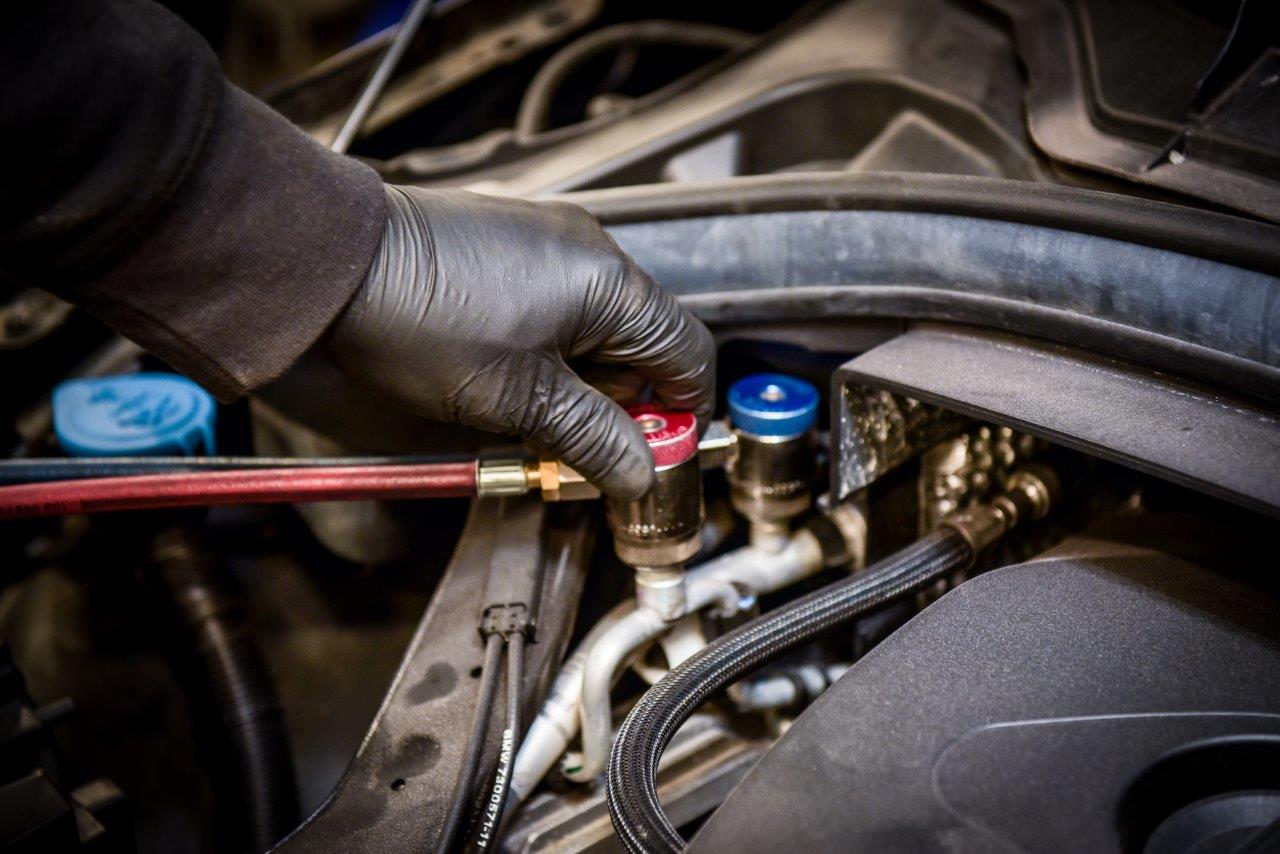
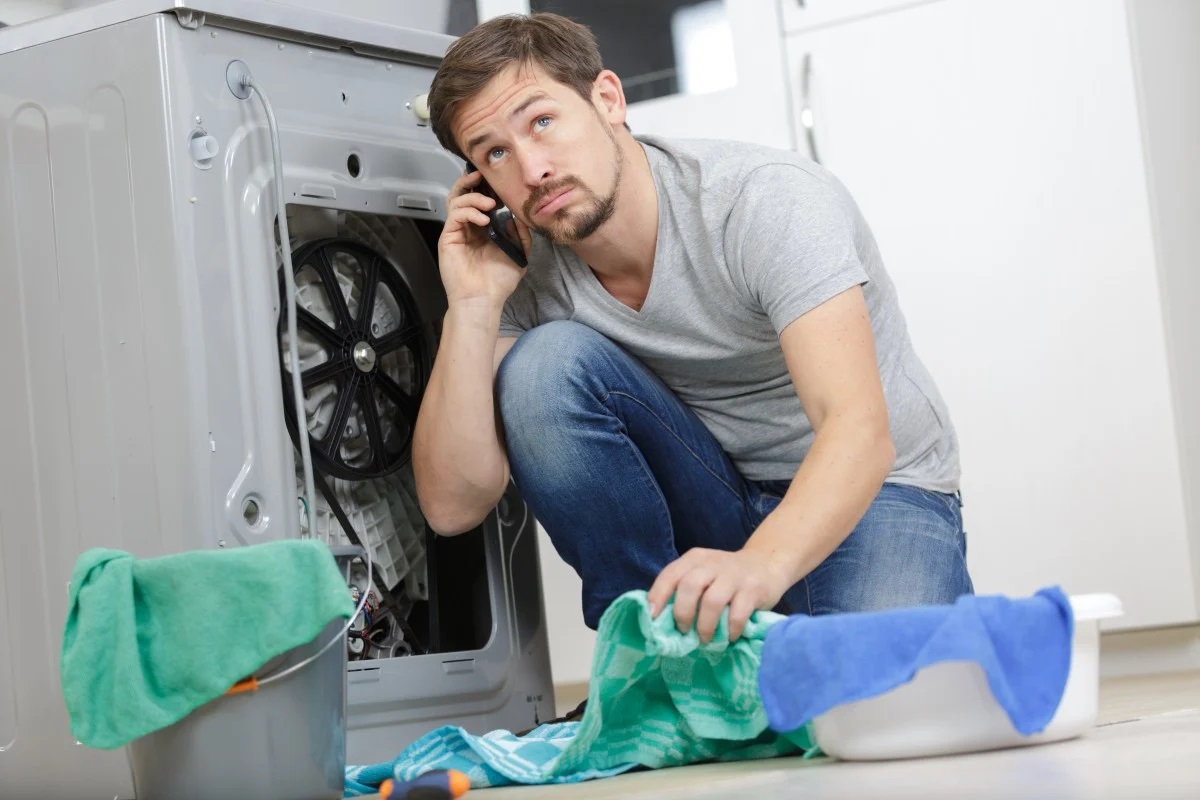
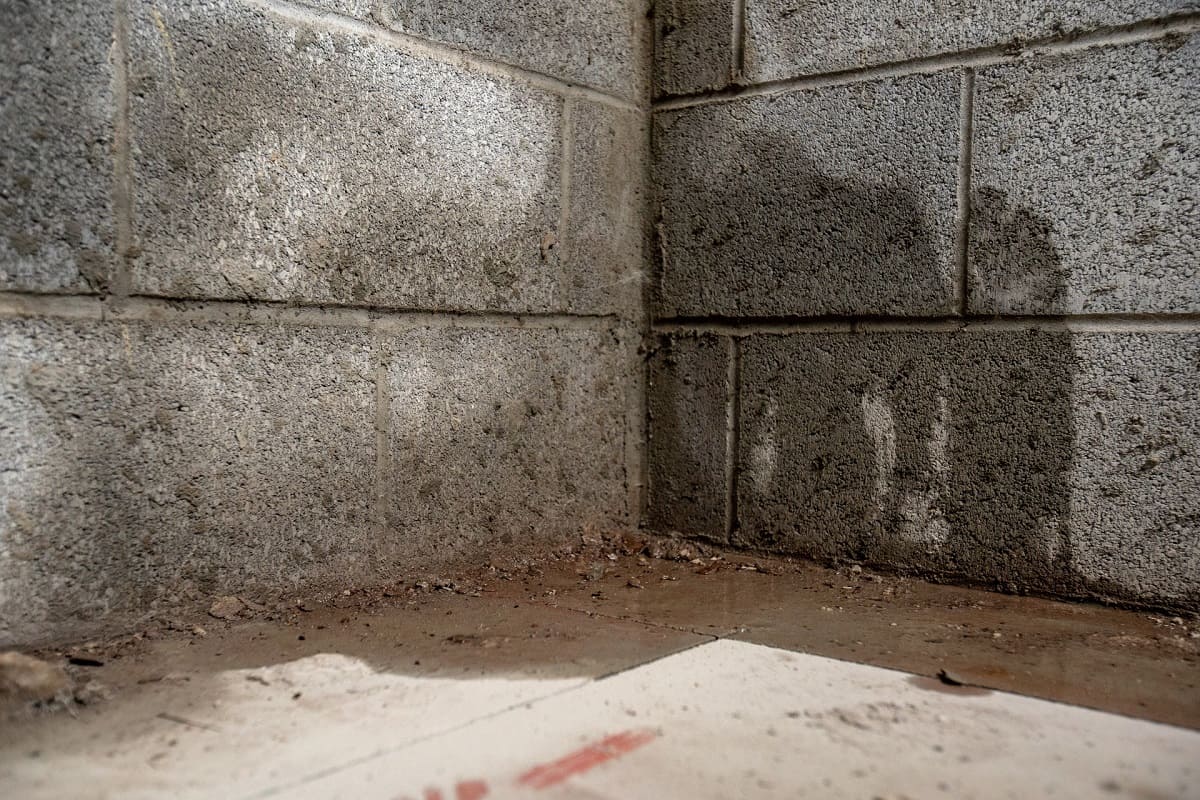
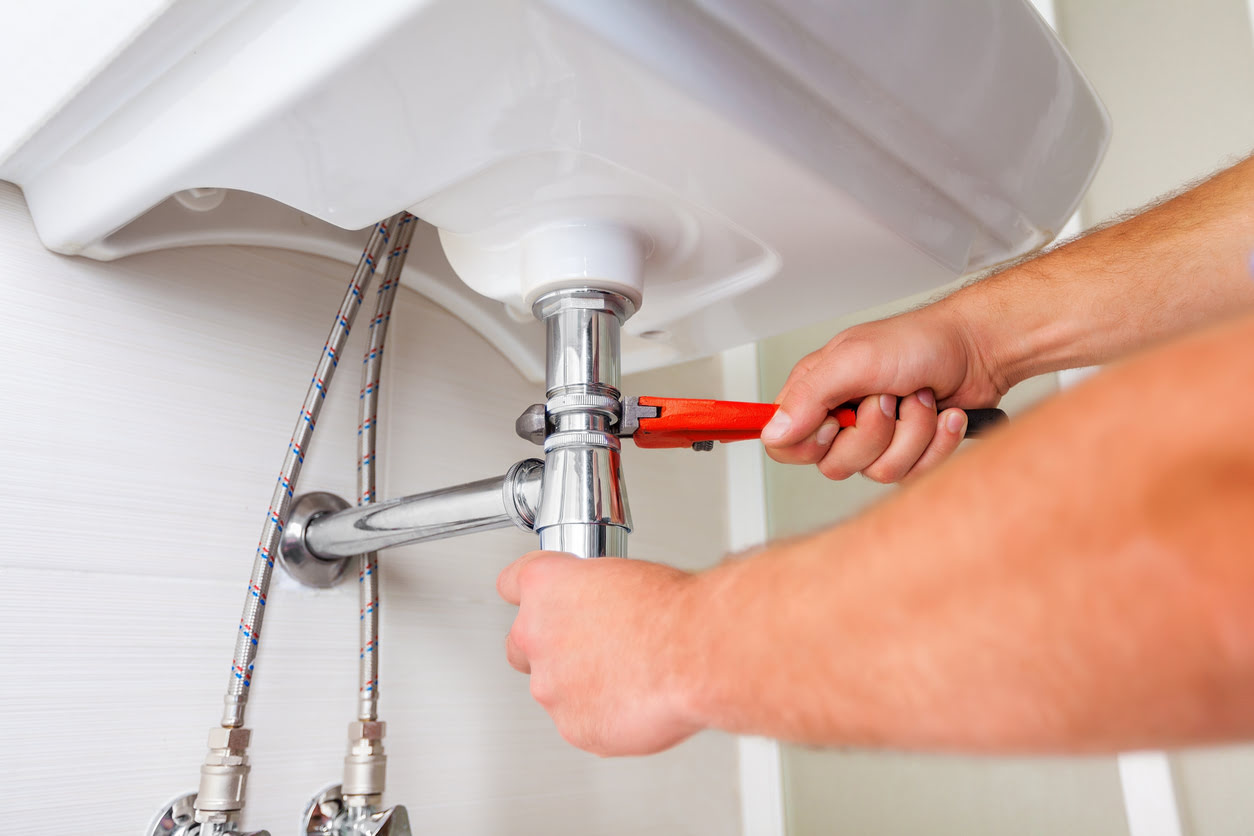
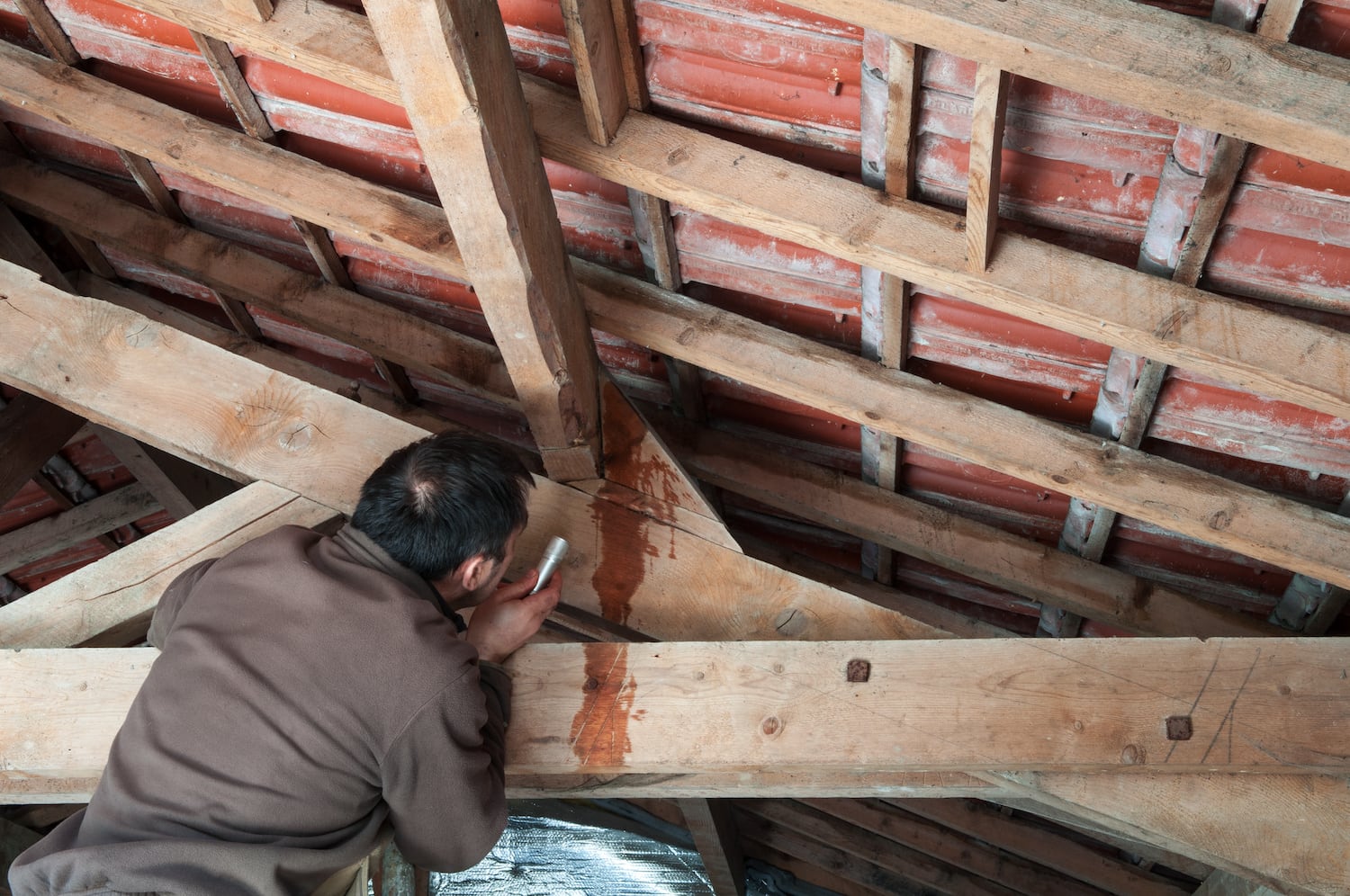
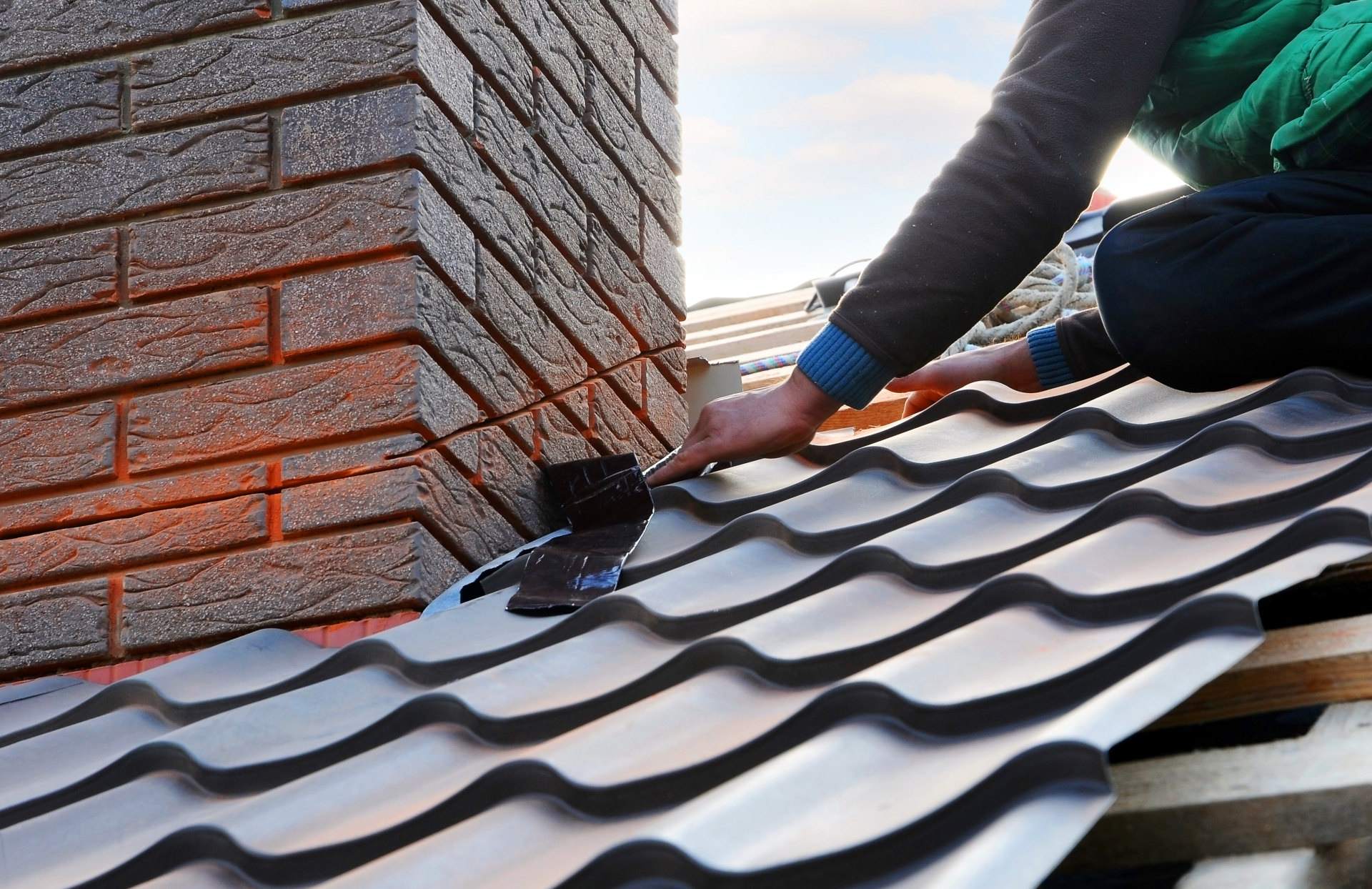
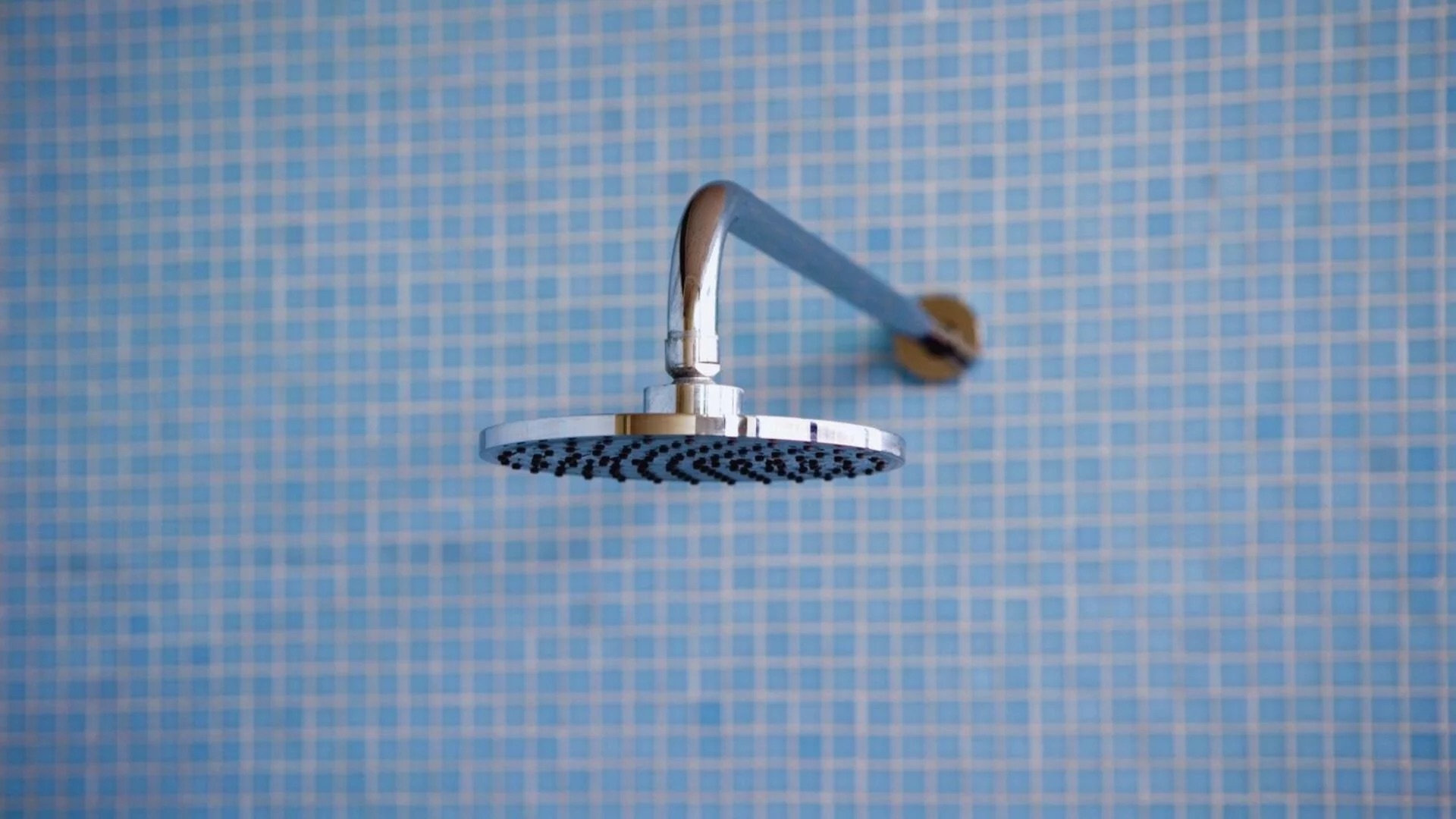
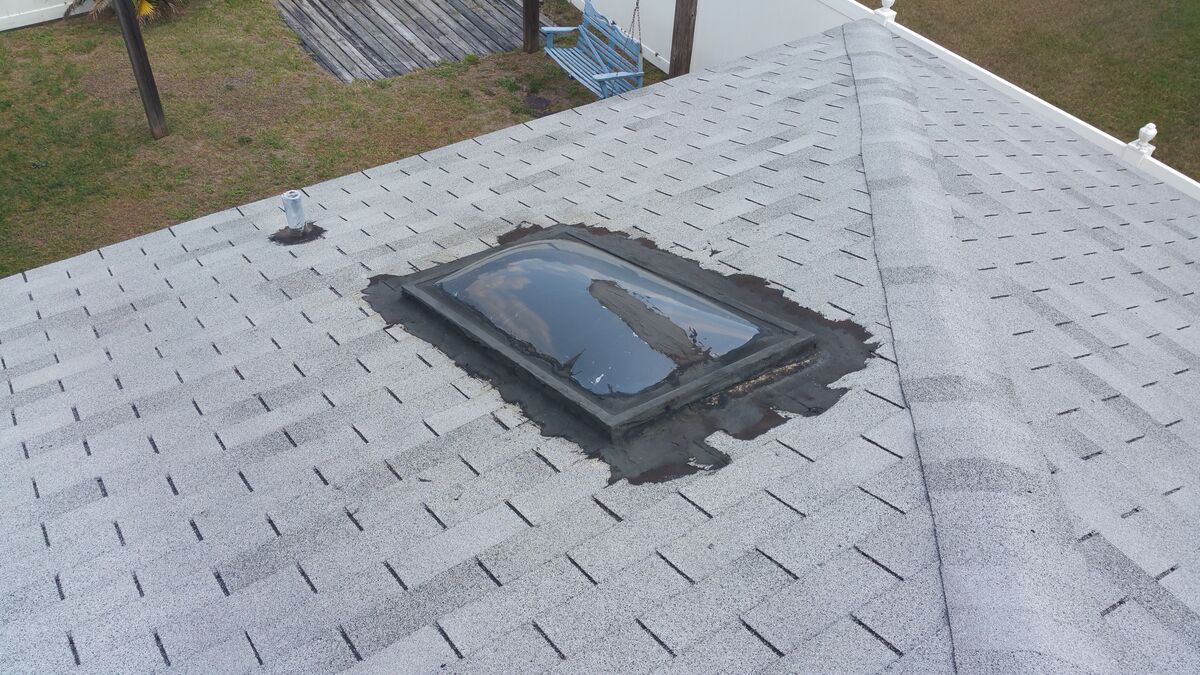
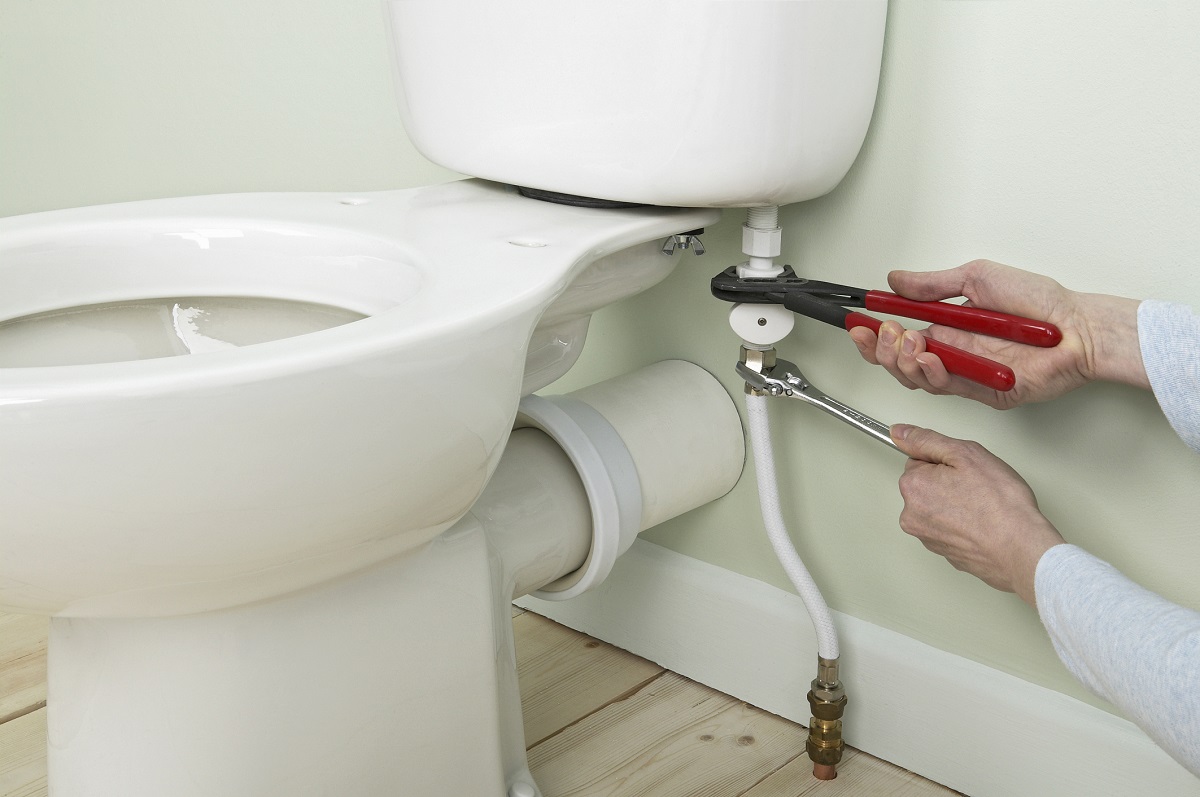

0 thoughts on “How To Fix Leaking Sink”